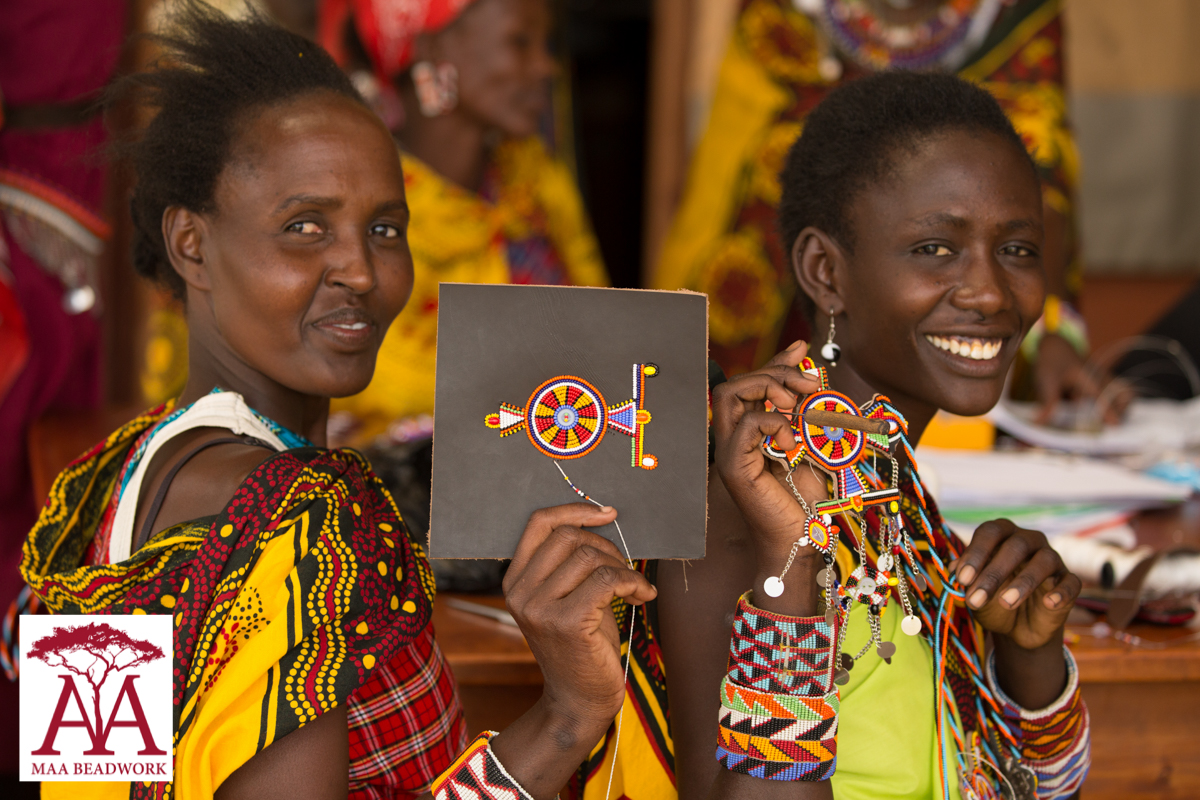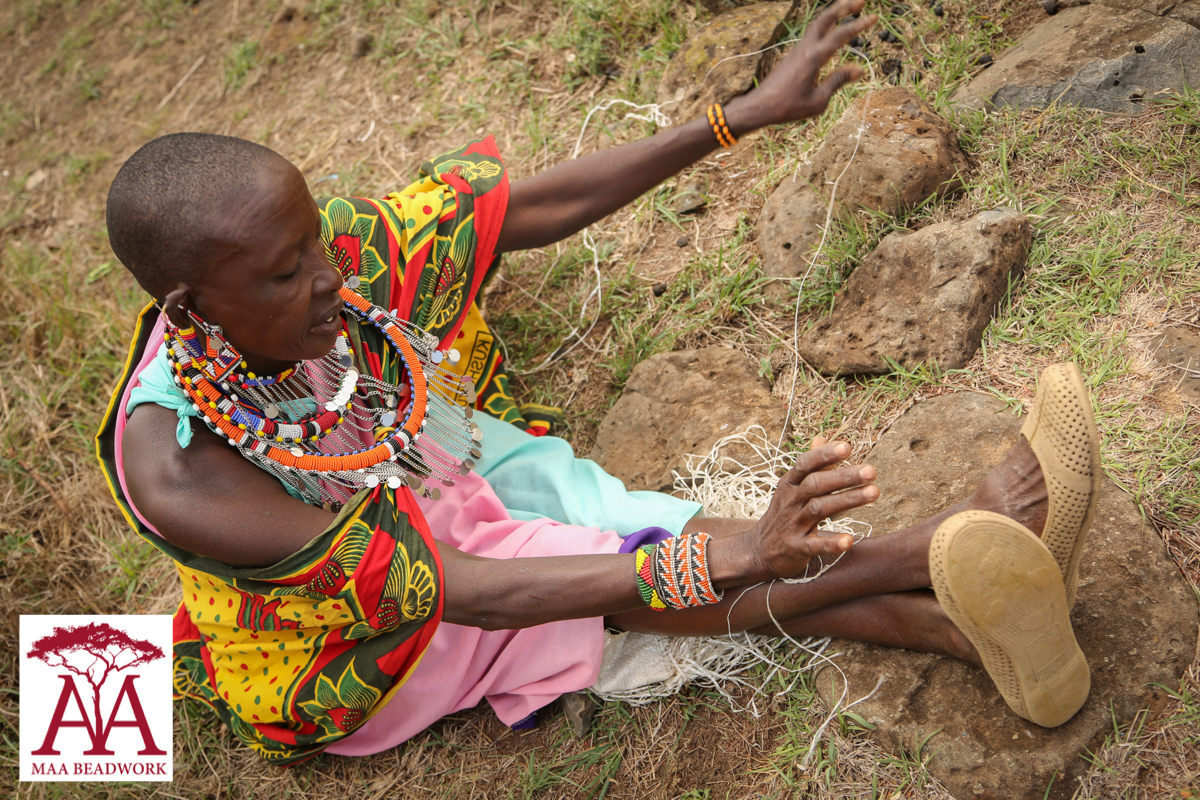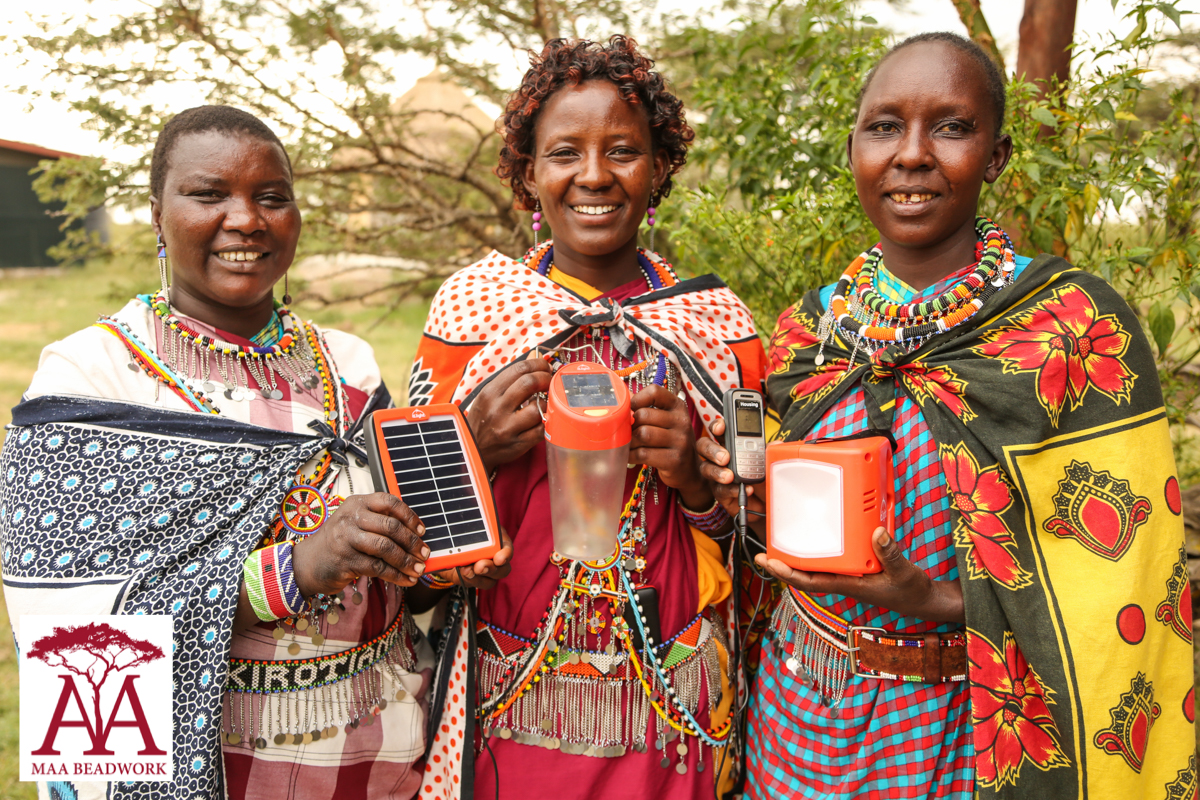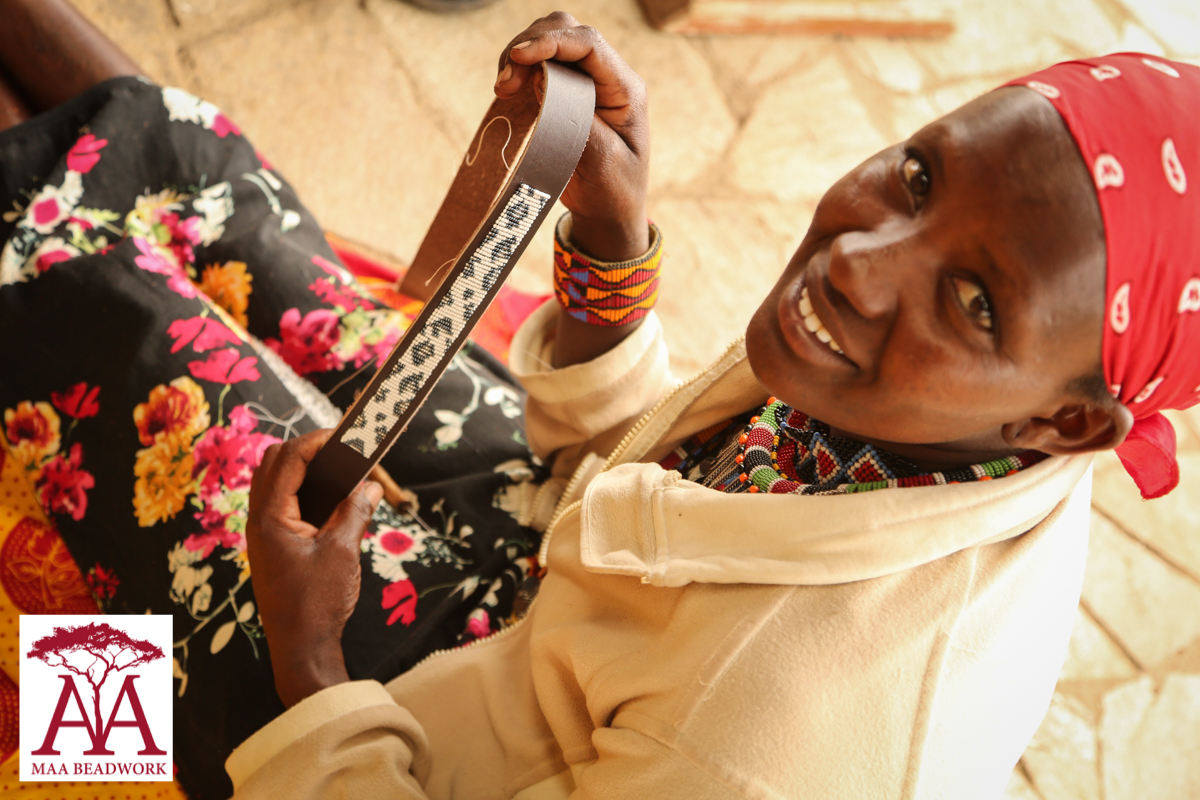Sustainability Spotlight: Safari Chic
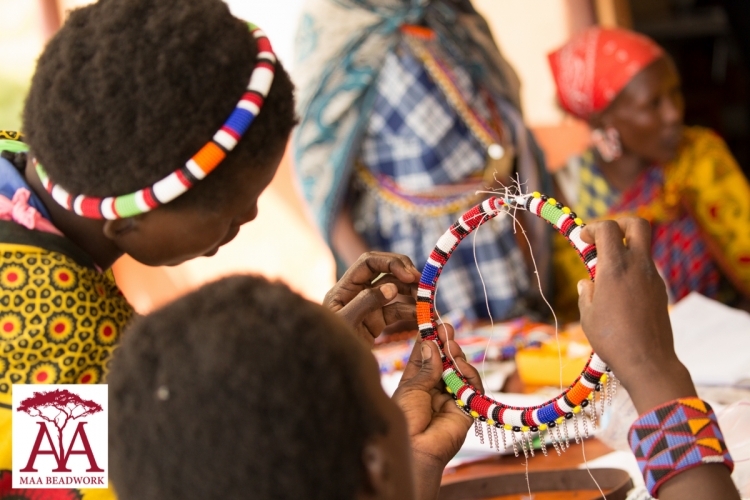
One Boeing 747, two caravan single engine planes, three safari bus trips, and a couple hundred meters of walking is what got me from London Heathrow to the headquarters of Maa Beading in the summer of 2016. I was on a family trip around Kenya when I visited the newly built workshop and boutique of Maa Beadwork, and was introduced to the women who make up the organization.
I was then, and remain, inspired by the harmony of tradition and progress that resonates in this brick and mortar establishment, which is surrounded only by wildlife. Since my visit to Kenya, I have grown a deep passion for sustainable development in the fashion industry, and plan to continue exploring artisan handcraft practices around the world.
For the next few months, I will be writing a series of articles that will spotlight different parts of the developing world, which have taken a native handcraft and have implemented western design to fit diversified consumer markets. These spotlights will focus on the supply chain and operations behind each organization, and explore the ways that consuming these products gives back to the local community of artisans.
Maa Beadwork is a social entity of the Maa Trust, based in the Maasai Mara, Kenya. The Maasai Mara is a national reserve made up of preserved savannah wilderness, commonly known as “the bush”. The Maasai Mara is home to the Maasai tribes, along with big game wildlife. The operation involves 494 women coming from 15 villages, and a series of staff members who oversee the production of beaded necklaces, earrings, bracelets, belts, leather bags, accessories, and more.
Image Credit: Maa Beadwork
Many of the villages located in the Maasai Mara have been relocated and grouped together to form larger communities, allowing more space for the conservancies’ wildlife. In exchange for these villagers’ relocation, every landowner receives monthly rent payments from the conservancy. The stipulation is that the majority of landowners are men. Gender inequality is a recurring dilemma existing in the developing world, and leaves many women without money or a source of income.
In 2012, Maa Beadwork Manager Resian Letoluo’s research brought her to Kenya. In an interview with her, she said:
“During the research period, we conducted various focus group discussions with men, women, and the youth. One thing that stood out from the meetings that we held with the women was the need for them to be involved in conservation related activities. When we asked the women, they proposed the idea to be allowed to be selling their beadwork to guests in camps as the proceeds from the sale would go directly to them, as bead working is a skill that the Maasai women have had since time immemorial”. The project started in September 2013 and has now expanded to an operation that sells to Africa, the US, Australia, and via their online e-boutique.
Maa Beadwork sells both traditional and contemporary products, incorporating different color beads and different materials for different designs and meanings. All of the traditional pieces have a decorative meaning to the Maasai people, for instance, the picture above shows the Maasai women beading a traditional ceremonial wedding necklace –– each color used represents an element in nature. The Maa Beadwork team has a jewelry designer who follows trends from abroad via Pinterest and has expanded the production from jewelry and bags to homeware and dog accessories, with some use of vegan leather, shells, wood, glass, and seeds.
The supply chain of Maa Beadwork remains as authentic as possible. Traditionally, the Maasai women would make their own colored beads from materials sourced on the safari. Because of high order volumes and a long production timeline, glass beads are now sourced from the Czech Republic via their African supplier in Nairobi. The vegan leather is imported from the US, while the real leather comes from Kenyan cows.
“There is a growing interest from consumers worldwide towards sustainable-handmade products. Buyers are now drawn more towards products backed by a meaningful story about the artisan, they are also keen to know the origin of the product and the conditions producers are exposed to while making the products such as payment of fair wages. “
-Resian Letoluo
Maa Beadwork Manager
Image Credit: Maa Beadwork
When you buy bead craft from Maa Beading, you will receive the story behind the piece, including its meaning – if it’s from the traditional collection, as well as information about the woman who beaded it.
A testimonial:
“It is clear to see that every item I have bought from you has been beautifully handmade. I love that each one has a label with a photo of the woman who beaded it, with details of who she is, and the impact that Maa Beadwork has on her life. I am so happy to support the amazing work that you are doing, and to connect in some way with these talented ladies on the other side of the world.” -Lorna, Scotland
Image Credit: Maa Beadwork
Women are paid wages that are in accordance with Kenyan bill regulations, and receive 500 Kenyan shillings per day, according to the Kenyan State Department for Labor. Their wages match the pieces they bead; the more difficult patterns take longer to make and therefore the women get paid more for the piece, typically between 20 and 30 USD. The Maa Beadwork team also helps the women manage their earnings.
They have created saving accounts for families, invested in water tanks and fire sources for villages, and have helped many children go to school-primarily young girls. Each village has formed self-help groups made up of women who contribute money weekly into a group savings box, which allows for larger purchases that could not be made with one sole income. Maa beadwork has given many women a source of personal income and has also worked to stabilize villages across the region.
Image Credit: Maa Beadwork
Once the beadwork is finished, the pieces are sold at the Maa Beadwork headquarters and on their website, many of the safari camps located in the Noboisho Olare Motorogi Conservancy, and boutiques around the US.
Maa Beadwork hopes to expand to a more thorough American market through partnerships with pet stores, zoo gift shops, church gift shops and trade fairs.
Image Credit: Maa Beadwork
To shop the handcraft jewelry and home design pieces made in the Maasai Mara, follow the link to their e-boutique:

